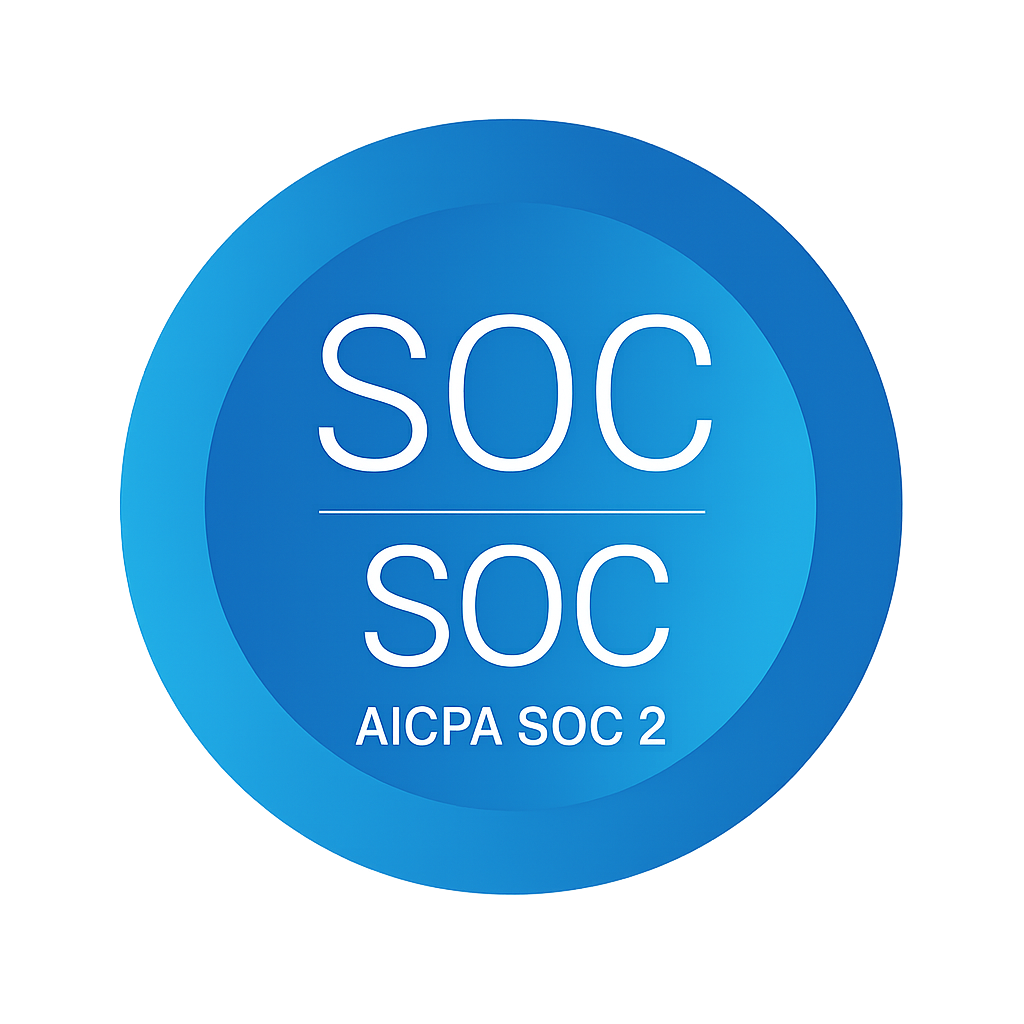To put it mildly, startup engineering in the early phases of a new tech firm is challenging. Numerous studies, such as one showing a 92% failure rate after three years, are frequently referenced to show the high failure rate of startups.
Although there are numerous reasons why startups fail—far too many for this blog article to cover—product engineering is undoubtedly one of, if not the most crucial, key elements of a tech startup.
Early-stage firms must, in general, work swiftly to identify a product-market fit. The key to this is using the appropriate technological strategy. You are in the pre-Product Market Fit stage if you are a young startup. This makes a huge difference because you are still trying to find your target market and customer, which makes it difficult to decide what to build next and create a product roadmap. This is extremely different than when the product is more developed.
If you're a startup founder or technical co-founder who is about to begin developing your first MVP or is still in the early stages of your startup adventure, the tips offered here should help you move more rapidly, change course quicker, and focus on making the best product decisions as soon as possible.
Navigate the Startup Chaos
1. Understand what an MVP is in depth
The phrase "Minimal Viable Product" or "MVP" is one that is frequently used in branding, but along the road, its meaning has been lost and it is frequently used incorrectly or misunderstood.
A version of a new product that enables a team to gather the most verified learning about customers with the least amount of effort is an MVP. It is a concept from Eric Ries' book, the Lean Startup.
Key learnings:
- Minimum: The least amount of labor or resources needed to construct it.
- A viable product: In order to be a reliable test of the idea, the product must still be one that functions and meets the user's most fundamental demands.
Additionally, it should make it possible for the startup to test the idea and understand the demands of your clients without having to fully construct the product and iterate swiftly if necessary.
2. Decide which features to implement first
You need to choose the initial features that your MVP will include after deciding the business problem you're seeking to solve and how you'll measure success.
This will probably begin as a big list of features, too many of which will be needed for your MVP. You will need to prioritize the features you wish to construct with a strict eye toward simplicity.
Determine the one key feature you want to construct and test initially using a prioritization matrix. Spotify serves as a fantastic illustration of this in action because it initially concentrated on the one key feature of streaming music before incorporating other features later on.
Remember that an MVP isn't a prototype; it must satisfy users' needs and provide them with genuine value.
3. Construct, Test, and Learn
One of the core ideas of the Lean Startup process is the feedback loop known as the Build, Measure, Learn cycle.
Since it is the result of the Build phase, the MVP is essential to this. After that, we expose the MVP to potential consumers to gather feedback, which is known as the Measure phase, before moving on to the Learn phase, where we evaluate the feedback and decide what to do next. The cycle then repeats as we refine the MVP in response to the results of the Learn phase.
4. Reduce time spent in the feedback loop
The Build, Measure, Learn cycle must be completed quickly in order to be effective.
The problematic part of the Build, Measure, Learn cycle is that it will take months before you can launch it. Thus, it will take longer to acquire information, measure it, and learn from the users. As a result, getting data will be significantly more challenging because more presumptions would need to be evaluated.
Most often, the key takeaway from this cycle is not finding fresh inspiration for new things we might add, but rather determining whether our underlying value proposition is fundamentally sound. In order to strengthen our confidence that we are on the right track or move on to the next experiment, we might want to test the same hypothesis once more using a more complex experiment.
5. Launch frequently and early
Your initial product will probably be a little bit ugly and rough around the edges in the early stages of a startup, but that's okay. At this point, getting to market and starting to test the idea with clients is crucial.
On the other hand, do not undervalue the significance of making the product appear "reputable." The idea of Minimum Viable Design is a smart one to adopt since you don't want your product's early adopters to like it but be ashamed to tell their friends about it due to the poor design and presentation.
6. Be practical with the tech stack you choose
The desire to adopt the newest, flashiest technology—whether it's a new programming language or framework—often exists among engineering teams.
New frameworks, however, frequently have their own problems, such as errors or ambiguous documentation, which necessitates spending a lot of time just getting the fundamentals to work. You simply don't have time for this distraction. You must be able to trust the underlying technology and move rapidly during this stage of a startup.
It is crucial to pick a tech stack that is established, well-supported, and widely used with a vibrant development community.
Utilizing a widely used tech stack will also be beneficial when it comes time to locate more developers in the future because there will be a larger pool of qualified candidates available. At the same time, you want to stay away from outdated or outmoded technology because this may put off developers from working with you.
7. When there is a framework, don't reinvent the wheel
Today, plugins or modules exist for the most frequently used functionalities, such as user authentication. For instance, Ruby on Rails has a ton of pre-built plugins and modules that let developers get started on a web app without having to write code. In addition, there are several outside services that can help with launching things quickly. The same is true for analytical software and other helpful product solutions, where a wide variety of ready-to-use services are available, including Google Analytics.
8. Scale appropriately
Scaling and product optimization have the right times and wrong times.
Delivering a basic product, in the beginning, will be the major goal because it will enable you to obtain honest consumer feedback and make improvements. An optimized product that can manage a big number of users will be overkill at this point because the number of users you will likely have is likely to be quite low, especially since it may vary in the future based on the results of user testing.
9. Form a multidisciplinary team
At first, you want to employ adaptable and resourceful engineers that are able to move easily between different fields of expertise and quickly pick up new skills. Versatile full-stack engineers can be preferred over specialists in a single area (unless the field is the focal point of your startup).
Later on, when the product is more developed and you have a larger budget, you can start hiring more specialized engineers as and when they are required.
10. Update the team on developments
It is simple for silos to form as startups expand. This may lead to a member of the team not completely understanding or being aware of what the rest of the team is doing. This is crucial from a product viewpoint because you can have a co-founder who is constantly proposing and needs to be kept completely informed.
Keeping your co-founders in mind is essential. Keep your messaging consistent, especially as product concepts are tested with clients and the pitch is likely to evolve.
Another reason for ruthlessly prioritizing your product roadmap is that, without it, it would be very easy to exceed the capacity of your small team and experience delays. It might then appear that the engineering team is underperforming when in reality, the problem is a lack of a clear and focused vision.
Have routine product update meetings and basically, create a good cadence for updating the team without interfering with workflow.
We are at www.bayrocklabs.com if you're looking for Product Engineering partners who share your enthusiasm and support your goal. Our professionals possess a rare combination of boutique-level attention with worldwide scope and the capacity to take on and overcome technological problems. With a combined expertise of more than 100 years, our consultants and partners meet the demands of our 70+ clients in more than a dozen different countries.



















.png)

.png)








